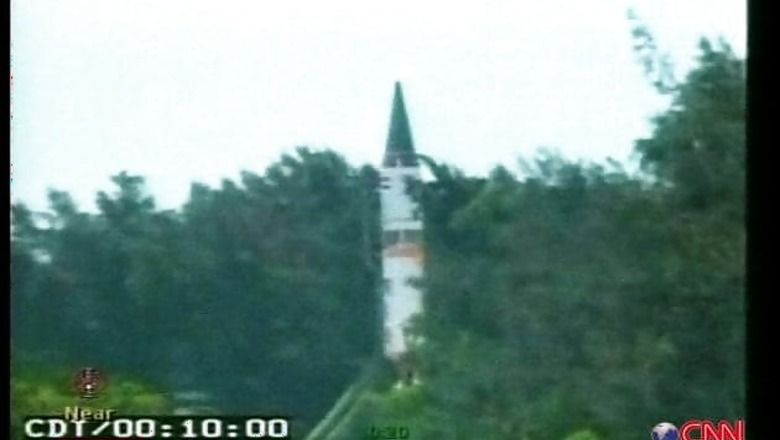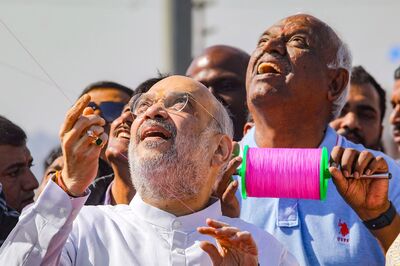
views
Balasore: India will on Wednesday test-fire the 5000-km range surface-to-surface Agni-V Inter-Continental Ballistic Missile (ICBM) capable of covering entire China and reaching deep into Europe. Agni-V will help India gatecrash into a small and exclusive club of nations with intercontinental ballistic missile capability.
Agni-V is capable of carrying nuclear warheads and will be crucial for India's defence against China. The missile can carry a pay-load of 1 tonne, is 17 m long, 2 m wide and weighs 50 tonnes. After the missile is inducted into India's strategic forces by 2014-2015, India will acquire a strong deterrent capacity against China.
Agni-V can cover entire China, Eastern Europe, North Eastern and Eastern Africa and even Australia if fired from the Nicobar Islands.
The launch is expected to be closely monitored by India's nuclear-armed rivals China and Pakistan and by western countries, but is unlikely to draw the kind of criticism aimed at North Korea after its own failed long-range rocket launch last week.
Only the permanent members of the UN Security Council - China, Russia, France, the United States and the United Kingdom - have such long distance missiles. Israel, too, is believed to posses ICBMs although there is no official confirmation of the same.
The DRDO will test fire the Agni-V missile from Wheeler Island in Odisha on Wednesday. The missile has a range of 5,000 kilometres, a marked improvement over India's current missiles which can hit potential enemy targets over a distance of just 3,500 kilometres.
According to Defence Research and Development Organiation chief Dr VK Saraswat the Agni-V missile is among the best in its class in the world with its advanced ring-laser gyros, composite rocket motors and highly accurate micro-navigation systems.
The three-stage solid fuelled missile will be put into test for the first time with some advance and indigenous technology with the support of a canisterised mobile launcher. It can withstand the 5000 degree centigrade temperatures when re-entering the earth's atmosphere.
Scientists associated with Agni-V project are quite optimistic about its performances, as the trial of Agni-IV, which has a range of 3,500 km, on November 15, 2011 was highly satisfactory in terms of its 'control and guidance' system.
Agni-V will add another feather to such class of missiles that India possesses at present. The Agni-I has 700 km, Agni-II (2,000 km), Agni-III and IV (3,000 plus km) range.
However, China with its huge nuclear and missile arsenal which includes the 11,200-km Dong Feng-31A ICBM capable of hitting any Indian city is far ahead in the missile race.




















Comments
0 comment